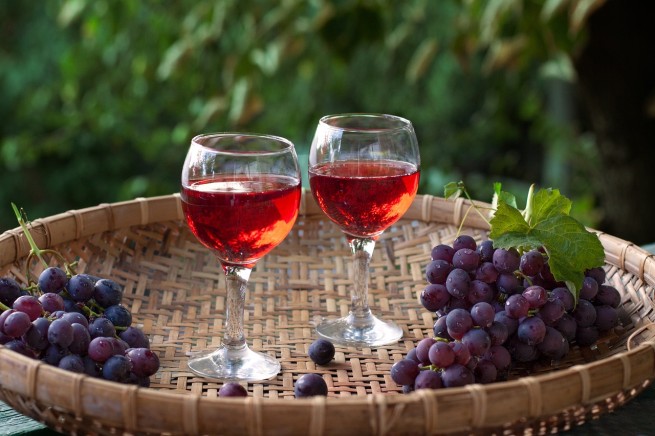The European wine industry is at risk of becoming a victim of climate change as wines with geographical indications (PGI) are under threat, causing serious concern among producers.
In particular, a new climate headache threatens geographical indications (G.O.I.s), which wine producers in Europe have adopted as a tool to protect their craft. The new climate conditions seem to change all the facts. For many wine regions in Europe, this change will be devastating, since it is the specific grape varieties that make European wine unique.
Almost half of the products with a geographical name in Europe are wines. According to eAmbrosia, 1,648 are wines with a geographical name, 1,714 are food products and 264 are spirits. The record for the largest number of wines with a geographical name belongs to Italy (529), followed by France (441), Greece (147) and Spain (146). There are 147 Greek wines with geographical indication (GDI).
Vines are sensitive to the slightest changes in landscape and climate. Extremely high temperatures during the day or even at night during the growing season upset the delicate balance of essential sugars and water in the growing grapes..
Indeed, there are those who claim to be able to sense the subtlest environmental influences in a bottle of wine: whether the winter preceding the harvest was warm or cold, whether the harvest was wet or dry, whether the grapes were grown on a north-facing slope or a south-facing slope.
As Bloomberg notes, over more than a century, European manufacturers have created an intellectual property system under which certain types of food and drink products are protected by intellectual property law.
Many geographical indications correspond to a specific grape variety for a specific region. For example, the Italian wine Barolo must be grown only from Nebbiolo grapes from producers in the Piedmont mountains. “As global warming makes northern Italy’s climate more similar to regions further south, where Nebbiolo cannot thrive, the rigidity of the Barolo geographical indication risks its disappearance,” the publication notes.
Researchers in Europe recently analysed 1,085 GI wines across the continent to determine which were most at risk. The results are worrying for winegrowers because parts of Europe are particularly vulnerable to the effects of climate change and has little natural ability to adapt.
Harvest declines were predicted in northern Italy, central Spain, Greece and Bulgaria. In fact, in Burgundy, areas known for their Pinot Noir grapes may not be able to grow the variety.
Champagne, traditionally considered the product of a complex environment, is made from just three grape varieties: Pinot Noir, Chardonnay and Meunier. According to the study, there are four lesser-known varieties that can be added to the blend and still retain the characteristics of the wine.
“The planet is warming. If European winemakers don't want to end up like medieval English vineyards, they'll have to adapt before they disappear,” Bloomberg concludes.







More Stories
Medicines: rising costs for citizens
BRICS and G7: New Energy Race and Struggle for Resources
AADE Prepares Digital Client List for Freelancers – Who Does It Concern?